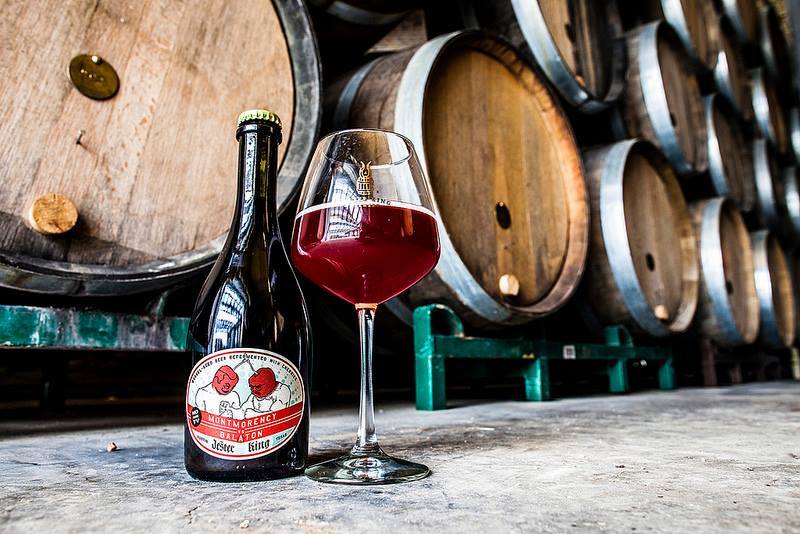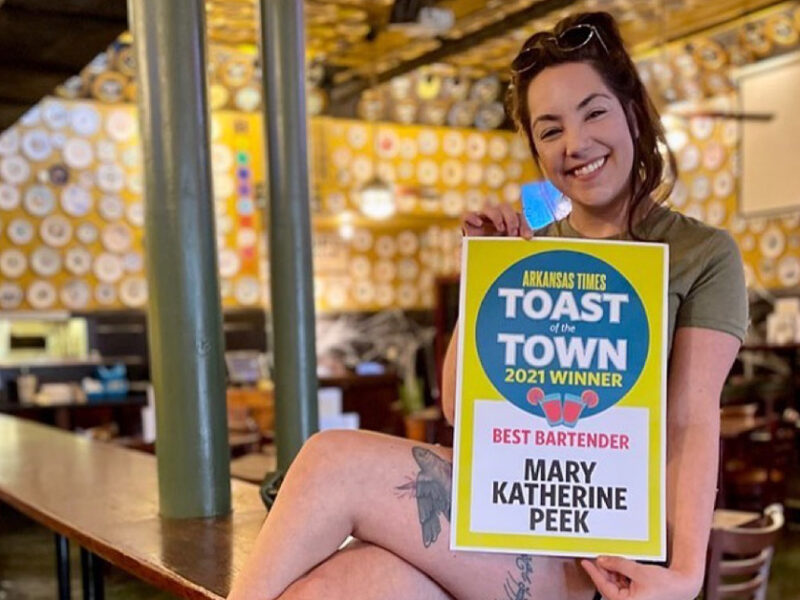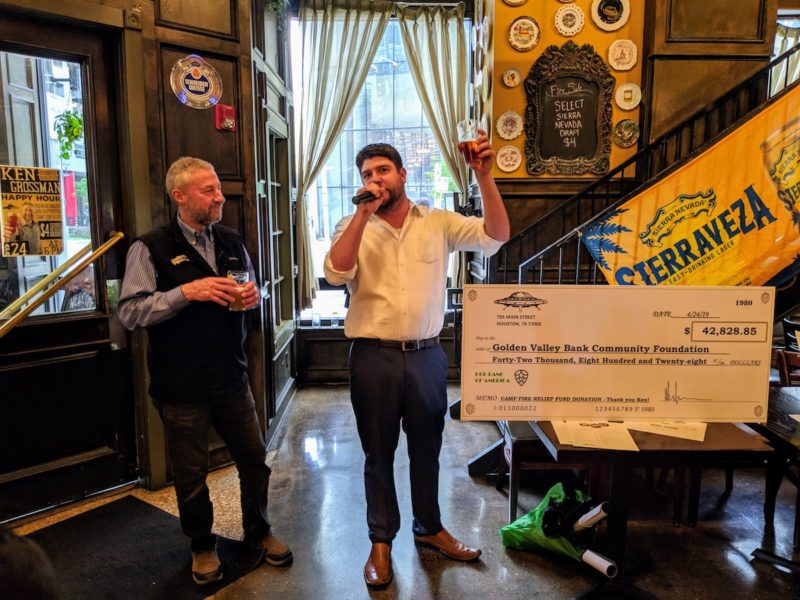We continue our State of Craft Beer series with a discussion of the trend of specialization—breweries dedicating their lines production facilities to specialized styles or categories of beer. Some refuse to adhere to any category and experiment for the sheer reason because they can. Is it a good thing? Is it a good thing for the industry?
In the 1980s, it was nearly impossible to sell a beer that you couldn’t see through. At least that’s how Jeremy Danner, ambassador brewer for Boulevard Brewing, remembers it. During that time—the heyday of the American light adjunct lager—it was unwise to be different.
Now, thanks to the craft brewers who’ve been fighting this battle for decades, being “different” is becoming the norm. But have we gone too far?
According to the Brewer’s Association, the IPA is by far the best-selling beer style in the market. But even with such a classic style, the industry continues to push boundaries by climbing higher and higher up the IBU scale (Vinnie Cilurzo from Russian River Brewing Company calls this the “Lupulin Threshold Shift”).
“Because so many breweries are opening up, everyone has to be different and come out with crazy beers,” says Dennis Wehrmann of Franconia Brewing. “Is a regular IPA not good enough?”
As brewers and drinkers are beginning to notice, lupulin alone won’t set you apart. “Anything a brewery can do to stand out or differentiate themselves is certainly going to help,” says Danner.
Specialization is not a particularly new concept, but Wehrmann is right: The market is simply getting louder and louder.
When The Alchemist Brewery in Vermont switched from a brewpub to a production brewery and began selling only Heady Topper, it wasn’t because they were trying to stand out; it was because they couldn’t meet the demand for the award-winning double IPA while also producing other beers. But some of today’s new brewers use specialization as a starting point.
Nick Nunns, for example. When the self-proclaimed metalhead opened Denver’s category-agnostic, Loki-channeling TRVE Brewing Company in 2011, his mission was to create beers that were “beyond the pale” and didn’t adhere to any style guidelines. And he’s not alone. German-only breweries are growing in popularity, as proven by Kansas City Bier Company and Prost Brewing in Denver. Some of these even adhere to the Reinheitsgebot, a centuries-old German purity law that restricts the types of ingredients allowed in beer.
“I think it’s much more interesting and challenging to use just [water, hops, malt and yeast] in beer,” says Wehrmann, referring to his own German-only brewery. Some are even further specialized, as in the case of California up-and-comer House Beer, which proudly produces only an American lager.
So how about wild ales? If the influx in terms like “sour,” “lacto,” “brett,” “farmhouse,” “wild” and “funky” in beer vernacular is any indication, saccharomyces (ale yeast) is so 2014. Breweries such as Jester King, Crooked Stave, Jolly Pumpkin, The Rare Barrel, de Garde and Cascade all thrive on wild ales—with the biggest, baddest and weirdest often inspiring cult-like followings. No longer do we bat an eye at ingredients like oyster mushrooms, myrica gale, rose petals, butternut squash, dried tarragon, anise, rum-laden truffles and enough bacteria to keep yogurt companies in business for life.
But not everyone is headed down this increasingly narrow path. While he appreciates the trend of specialization, Michael Peticolas emphasizes that quality should not be sacrificed in the name of innovation. “Consumers may want what’s different, but your products also have to be good,” he says.
For all the worries about big beer and new brewers getting into the game for the wrong reasons, the trend of specialization seems to be rediscovering the heart of craft beer. “We want people to step into our brewery, drink beers that taste nothing like anything they’ve ever tasted … and leave with a whole new appreciation for what craft beer can mean,” says Chad Miller of Denver’s Black Shirt Brewing. His brewery—colloquially referred to as The Red Ale Project—produces only red ales, only by hand and only in small batches. “We asked ourselves, ‘Are we going to be known as a Walmart with something for everyone?’”
The answer for Miller—and many others, it would seem—is no.
In our upcoming final installment, we’ll discuss what the future may hold for the craft beer industry. Take a look back at our State of Craft Beer Series.








